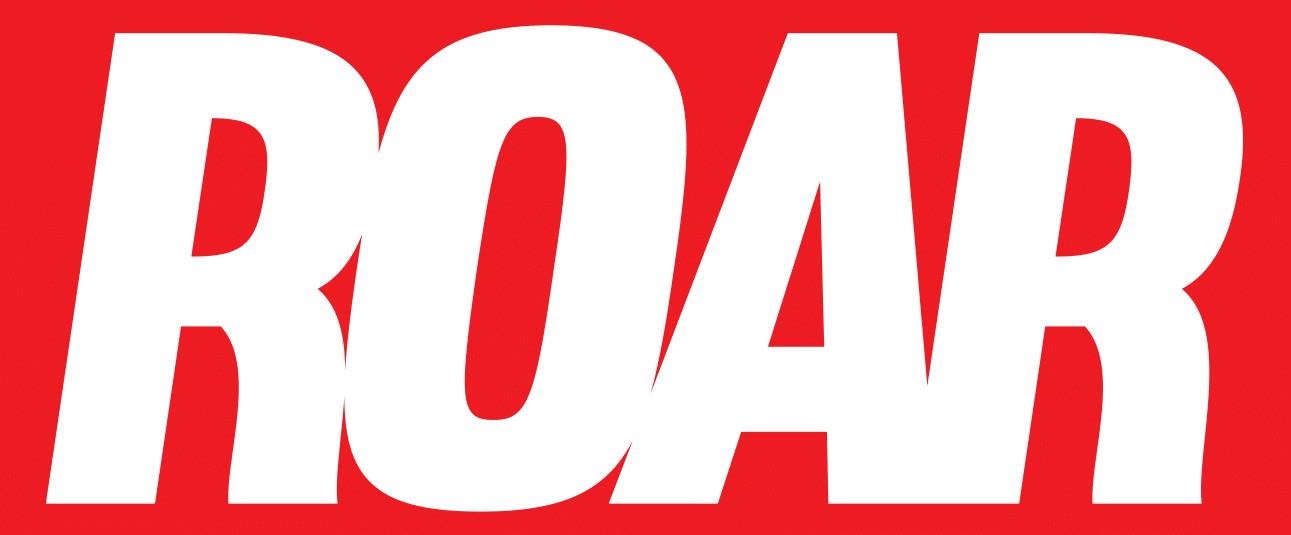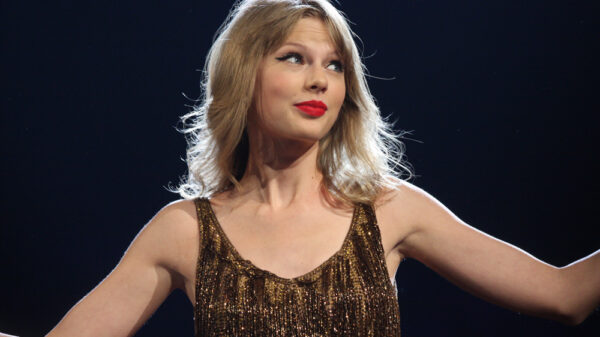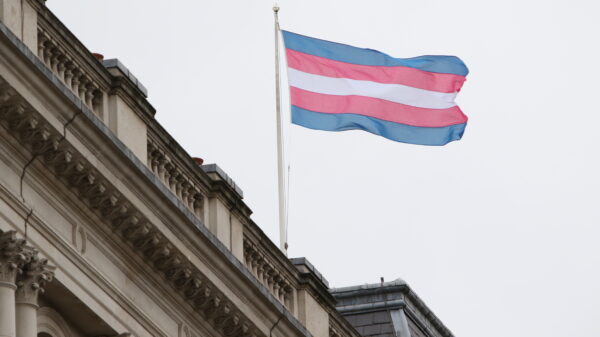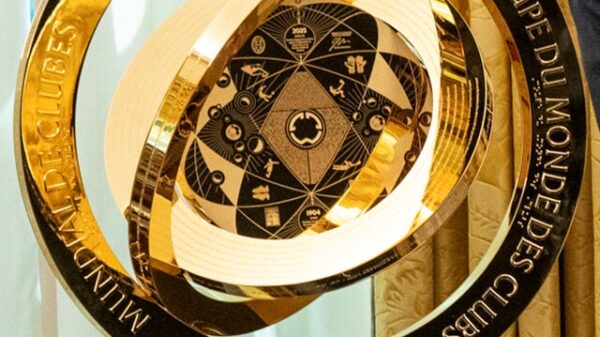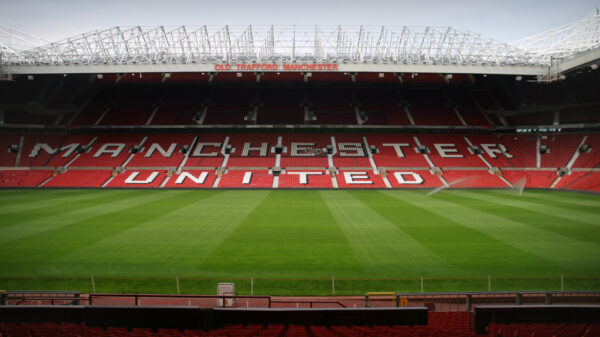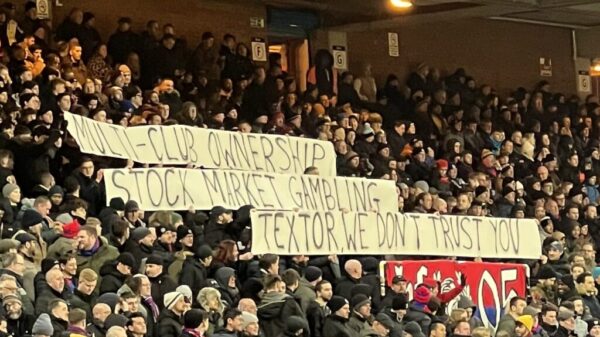Staff writer Isabel Moon-Parry examines the complicated soccer landscape in the USA in light of the recently announced USL Division I league.
“Today is a defining moment for the USL (United Soccer League) and the future of soccer in the United States,” were the words of Alec Papadakis, the CEO of the USL, when he announced the creation of the league’s own Division I men’s soccer league.
The announcement comes just 10 days after a jury decided that the second iteration of the North American Soccer League (NASL) had no basis for their anti-trust case against Major League Soccer (MLS) and the United States Soccer Federation (USSF). The NASL were the last league to attempt to directly compete with the MLS when they sought to ascend from Division II to Division I status in 2017.
Unlike the NASL, the USL has consistently been one of the biggest players in the American Soccer sphere. The group operate the men’s professional Championship in Division II, League One in Division III, and the pre-professional League Two. They also operate the Division I Super League in women’s professional soccer as well as the W-League, a pre-professional women’s league.
The USL launched their Women’s Division I league for on-pitch play in August. The league has achieved some successes since then, despite it competing with an established Division I League, the National Women’s Soccer League (NWSL).
A brief history of the MLS
Major League Soccer has been the only extant top flight league in the United States for professional men’s soccer for the last 29 years. The league ended a 12 year wait since the North American Soccer League became defunct at the end of its 1984 outdoor season.
The NASL was founded in 1967 following a merger of two US soccer leagues: the FIFA-sanctioned United Soccer Alliance (USA) and the National Professional Soccer League (NPSL).

Over the 17 seasons of NASL play, the USA saw some of the world’s greats arrive on its shores. Helped by the financial power of the Warner Bros-backed New York Cosmos, the NASL witnessed the might of Pelé, Franz Beckenbauer, and Carlos Alberto. The rest of the league would see Johann Cruyff, George Best, Eusébio, and Bobby Moore call the USA their home.
Founded as part of the USA’s bid for the 1994 World Cup, the MLS struggled in its first few seasons and by the end of the 2001 season both the Miami Fusion and Tampa Bay Mutiny went bust.
The league’s fortunes flipped in 2007 with the arrival of global star David Beckham on the Designated Player (DP) rule, also known as the ‘Beckham Rule’. The DP rule allows teams to discount wages over a set amount from their salary cap. This rule has allowed teams to sign players like Zlatan Ibrahimović, Steven Gerrard, and most notably in recent times, Lionel Messi.
A brief history of the USL
The USL meanwhile traces its roots to 1989 and the Southwest Outdoor Soccer League. The league would undergo various rebrands throughout the 90s. For 1995, the United Systems of Independent Soccer Leagues (USISL), as it is currently named, rebranded again to the USISL Premier and created a new professional league, the USISL Professional.
In 1996 a third league was added, the USISL Select, which later merged with the American Professional Soccer League’s (APSL) A-League. The new merged league operated under the A-League banner as a USSF-sanctioned Division II league. 2005 saw the next rebrand as the A-League became the USL First Division and the USL Pro league became the USL Second Division (operating as a Division III league).
In 2010 the new breakaway and second iteration of the NASL, formed from USL clubs, enters the fray and the already overcomplicated mess that is the US Soccer Pyramid becomes an even bigger overcomplicated mess. The two leagues played a single combined USSF sanctioned season in 2010 before they split again.
Also in 2010, the First and Second Division leagues were merged into the USL Pro, now the USL Championship. A partnership was agreed with the MLS three years later and in 2019, the existing league structure of the Championship, League One, and League Two was finalised.
The USL and MLS Feud
The USL and MLS have been in a feud for a while now, so the decision by the USL to move to directly competing with their opposition doesn’t come as a surprise.
The feud began in 2019 when the USL created its League One, the Division III professional league under their umbrella. The league had a number of MLS reserve teams play within it. In 2021, however, this would end as the MLS announced their own Division III league named MLS NEXT Pro which all reserve teams now play in.
On the creation of the MLS NEXT Pro, deputy commissioner of the MLS Mark Abbott said he “wouldn’t characterize it us versus the USL…I think they’ve done a great job of growing and I don’t see that changing.”
Meanwhile, a spokesperson for the USL said, “We wish MLS success in their efforts and look forward to continuing our work together to grow the sport of soccer in the United States.”
The immediate aftermath of the announcement saw the USL begin to propose and discuss the possibility of a European-style schedule calendar and promotion-relegation between their operated leagues. At present no league in any major American sport uses pro/rel.
Their feud escalated with the 2024 disputes over the U.S. Open Cup (the USA’s equivalent of the FA Cup). The MLS made the announcement in December of 2023 that the their teams would not field starters but rather players from MLS NEXT Pro in the Cup.
The announcement caused doubt about the future of the Open Cup with Paul McDonough, CEO of the USL at the time, being concerned as to whether the teams under the auspices of the USL would even choose to play the competition. McDonough also said that, “I’m not really happy with the situation. I’m disappointed that U.S. Soccer hasn’t handled the whole situation in a stronger or better fashion.”
The USL goes to War
The next phase of the feud between the MLS and the USL began in February 2025 with a shock announcement by USL CEO, Alec Papadakis. It was at the USL headquarters in Tampa, Florida, that the announcement came from Papadakis that the USL were applying for their own Division I league from the USSF.
To be granted Division I status, a league must satisfy the USSF guidelines, called the ‘Professional League Standards‘. These standards include at least 75% of the teams playing in a metropolitan area of at least 1 million people, all stadiums having a capacity of 15,000 seats, a principal owner (controlling 35% of the team) having a net worth of at least $40m, and that all owners must have a combined individual net worth of at least $70m.
Currently just three clubs in the USL Championship fulfil these requirements – Birmingham Legion, Miami FC and Oakland Roots.
The USL claim that this is the perfect time to launch their new league due to the unprecedented interest in the sport in America in the lead up to the 2026 World Cup. Papadakis said that “Around the world, top-tier clubs thrive in cities of all sizes, and we believe the same is possible here. The demand and infrastructure are in place, and the potential for growth is immense.”
The USL stated that “the new league completes the system, ensuring seamless progression for talent at all levels”, referring to their existing leagues and long held desires for promotion-relegation.
McDonough said to The Athletic that the court ruling on the NASL didn’t have an impact on the USL’s decision to go ahead with their D1 league, but that they “probably were ready to go with this sooner, but with everything pending with U.S. Soccer, we just put it on hold until it was resolved.”
The league is set to begin play in 2027-28 and more announcements are expected over the coming months.
